Virginia stands at the crossroads of American history, offering visitors an
unparalleled journey through the nation’s past. From colonial settlements to Civil War
battlefields, the Commonwealth’s historic sites tell the story of America’s evolution
from its earliest days to the present.
This guide will take you through 15 must-visit locations that have shaped the nation’s
narrative.
Mount Vernon, Alexandria
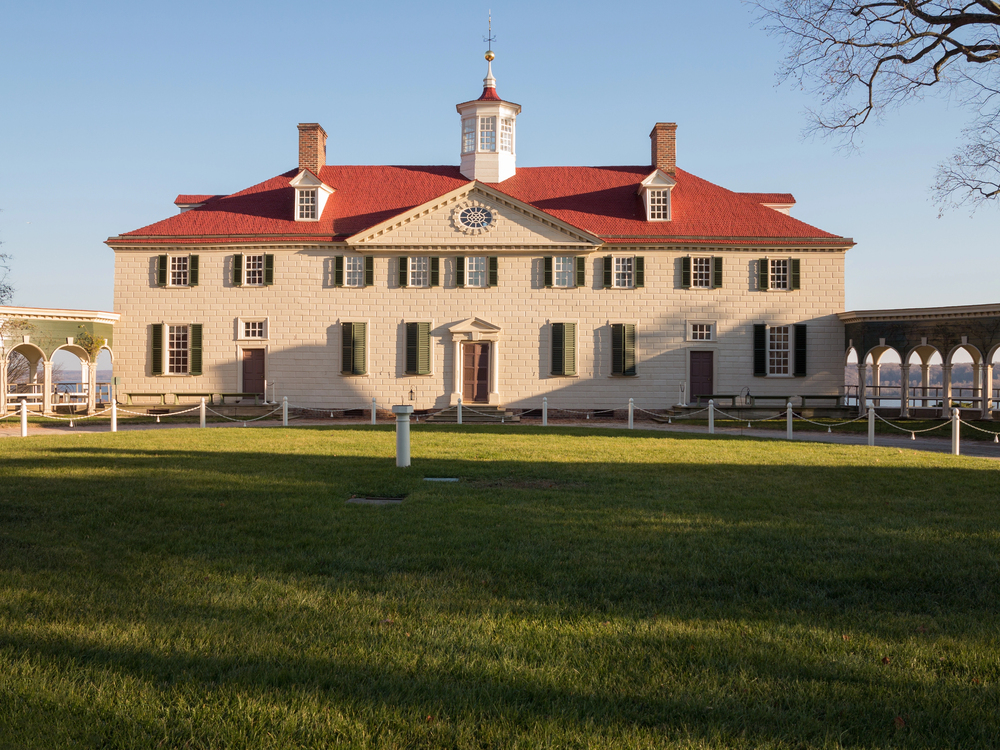
George Washington’s magnificent estate along the Potomac River continues to
captivate visitors with its perfectly preserved 18th-century architecture and
furnishings. The mansion’s iconic two-story porch overlooking the river offers the
same views that Washington enjoyed while contemplating the young nation’s future.
The meticulously maintained gardens and working farms demonstrate Washington’s
innovative agricultural practices and vision for American self-sufficiency. Visitors can
explore the mansion’s intimate family quarters and grand entertaining spaces,
offering insights into both public and private life in colonial America.
The estate’s museum and education center provides comprehensive context about Washington’s life and legacy through interactive exhibits and original artifacts.
Monticello, Charlottesville
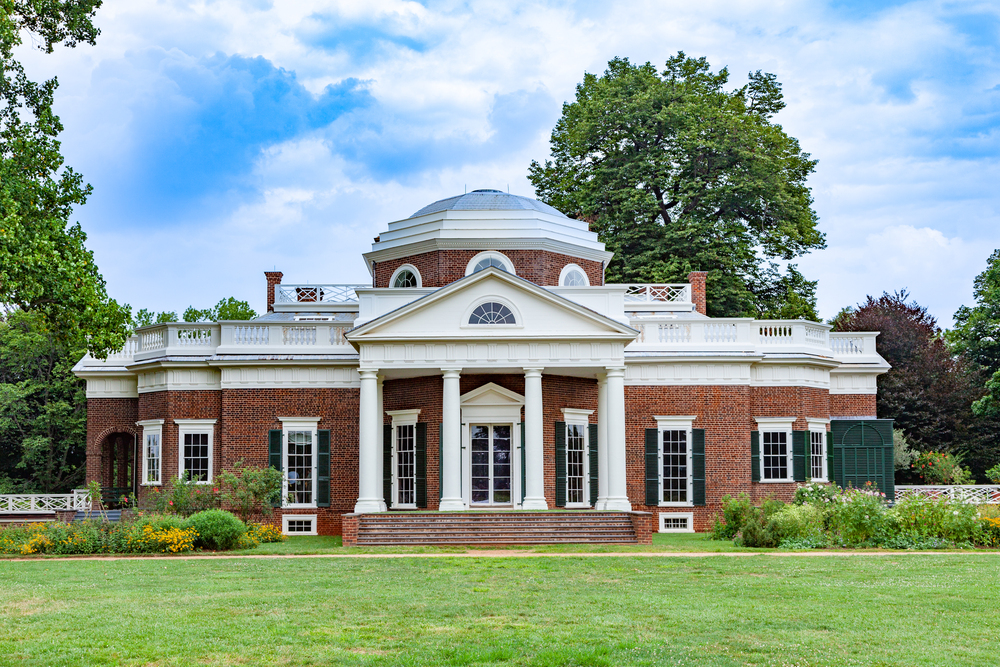
Thomas Jefferson’s architectural gem sits atop a hill overlooking the rolling Virginia
countryside, embodying ideals from the American Enlightenment. His house is full of
original design principles and passion for science, architecture, and agriculture
through such feats as the iconic dome room and the revolutionary dumbwaiter
system.
The grounds act as a living laboratory for some of Jefferson’s more daring horticultural experiments with hundreds of different types of plants from every part of
the world. Original furnishings and personal items throughout the house provide
intimate glimpses into Jefferson’s daily life and intellectual pursuits.
The site’s recently expanded visitor center addresses the complex history of slavery at
Monticello through powerful exhibitions and oral histories.
Like Travel Pug’s content? Follow us on MSN.
Colonial Williamsburg, Williamsburg
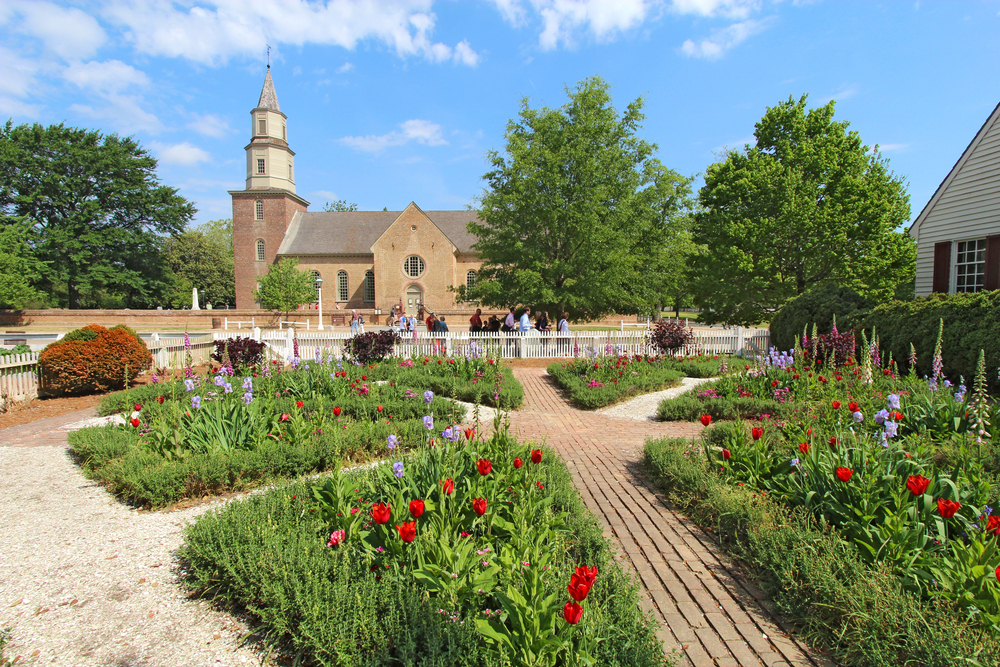
This living history museum brings 18th-century Virginia vividly to life through its
restored buildings, costumed interpreters, and immersive programs. The Governor’s Palace symbolizes British colonial power, while the Capitol building represents the
growing push for American independence.
Skilled craftspeople use traditional tools and techniques to demonstrate period-accurate trades like blacksmithing, wheelwright work, and printing. The Historic Area’s taverns serve authentic colonial- era meals, allowing visitors to taste history while enjoying traditional entertainment
.
The site’s archaeological program continues to uncover new insights into colonial life
through ongoing excavations and research.
Jamestown Settlement, James City County
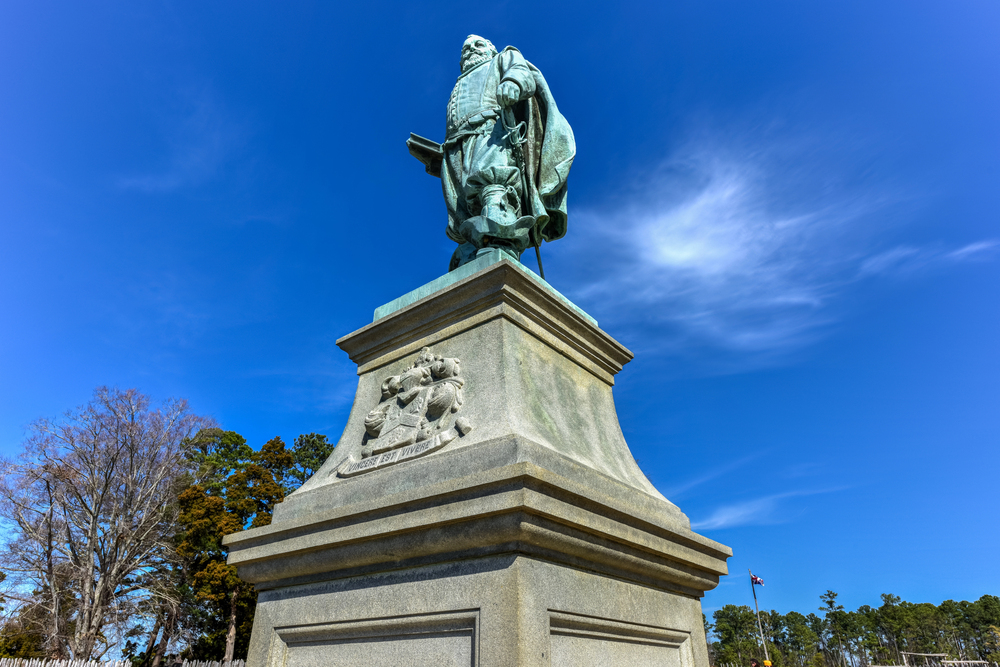
The first permanent English settlement in America comes alive through
reconstructed ships, a fort, and a Powhatan village. Archaeological discoveries
continue to reshape our understanding of early colonial life and the challenges faced
by the first settlers.
The recently expanded museum features immersive exhibits exploring the convergence of English, African, and Native American cultures. Living history demonstrations showcase the daily activities of all three cultures, from military drills to cooking demonstrations.
The discovery of the original 1607 fort site has led to groundbreaking insights into the colony’s earliest days.
Appomattox Court House, Appomattox
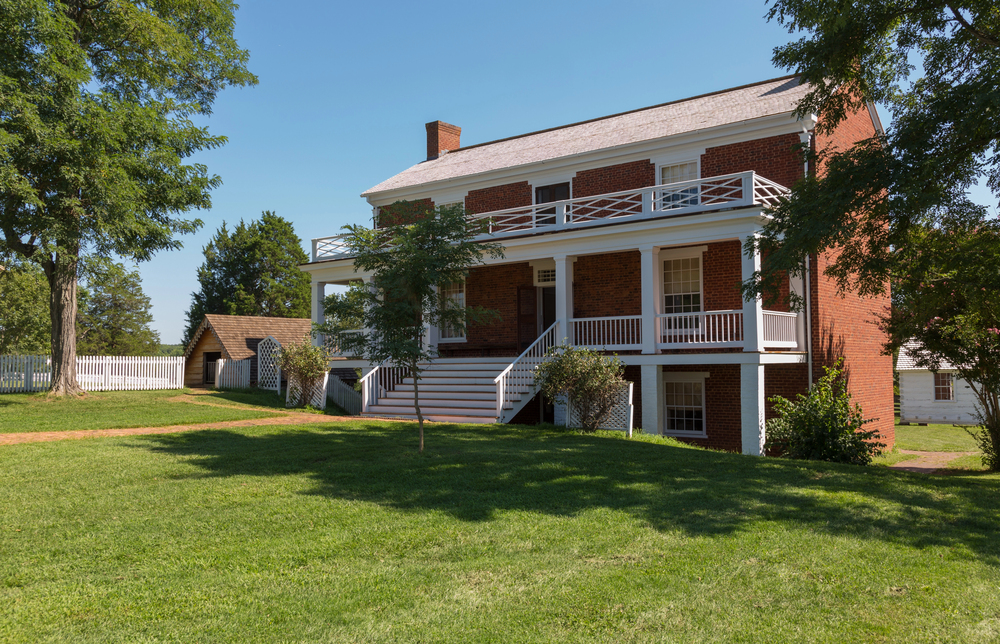
The site of Lee’s surrender to Grant marked the effective end of the Civil War and
the beginning of national reconciliation. The meticulously restored McLean House,
where the surrender occurred, stands frozen at that pivotal moment in April 1865.
The surrounding village provides context for understanding military and civilian life
during the war’s final days. Original artifacts from the surrender, including the famous
McLean parlor furniture, help visitors connect with this watershed moment.
The site’s walking trails traverse the same ground where Confederate soldiers laid down their arms in the formal surrender ceremony.
Like Travel Pug’s content? Follow us on MSN.
Arlington National Cemetery, Arlington
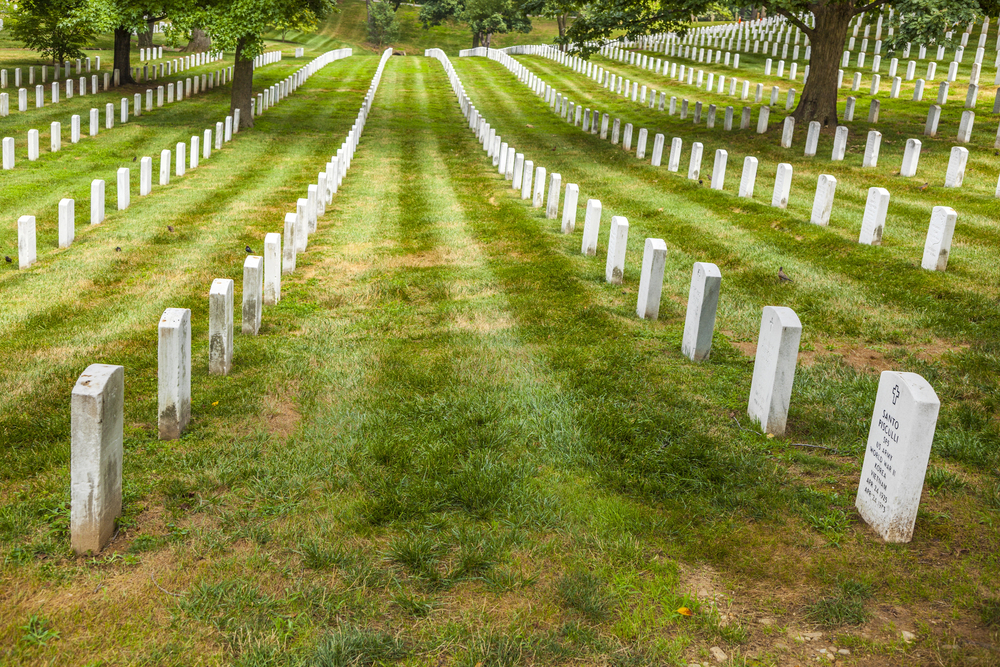
America’s most hallowed ground is the final resting place for over 400,000 service
members, veterans, and their families. The Tomb of the Unknown Soldier stands as
a powerful symbol of sacrifice, guarded continuously since 1937 by the elite Tomb
Guard Sentinels.
With its eternal flame, the Kennedy gravesite draws visitors to reflect on one of America’s most tragic moments. Arlington House, Robert E. Lee’s former home, provides panoramic views of Washington, DC, and insights into the property’s complex history.
The changing of the guard ceremony exemplifies military precision and honors those who gave their lives for their country.
Berkeley Plantation, Charles City
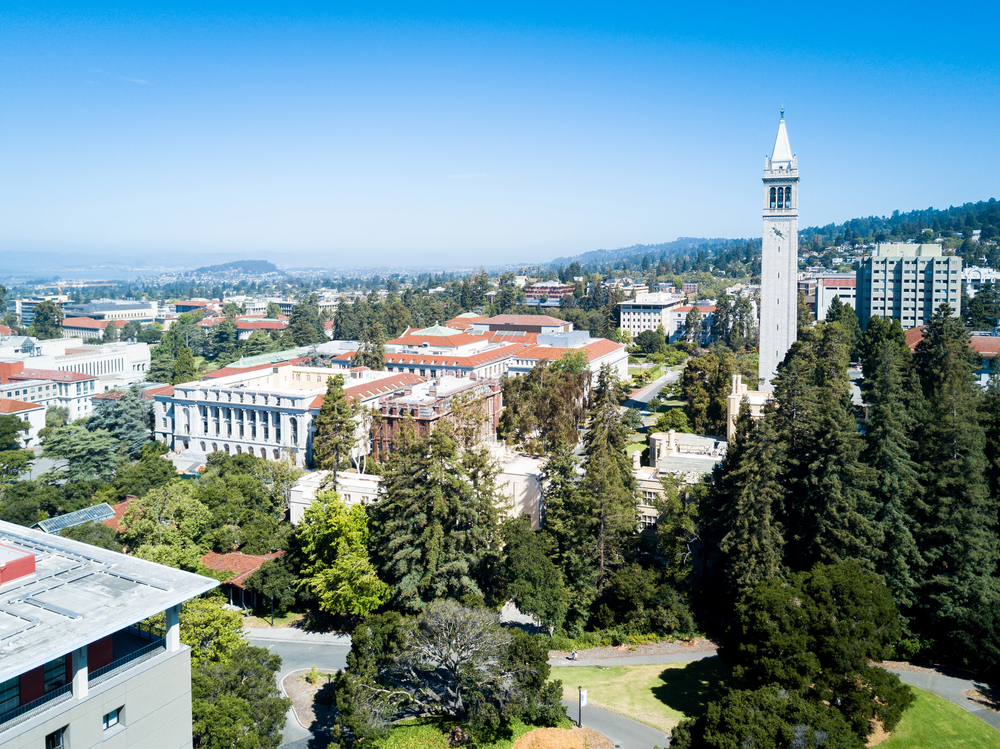
This historic estate also boasts the first official celebration of Thanksgiving in
America as far back as 1619. The Georgian mansion, dating from 1726, has been
crafted with exemplary period architecture and decorative arts in colonial Virginia.
It served as a battle and hospital for both the Revolutionary and Civil Wars and has
significant historical events marked on its grounds. Hundred-year-old boxwoods
complement the estate gardens with the James River’s great scenery.
Benjamin Harrison V, one of the signers of the Declaration of Independence, and his son
William Henry Harrison, the ninth president of the U.S., were born there.
Yorktown Battlefield, Yorktown
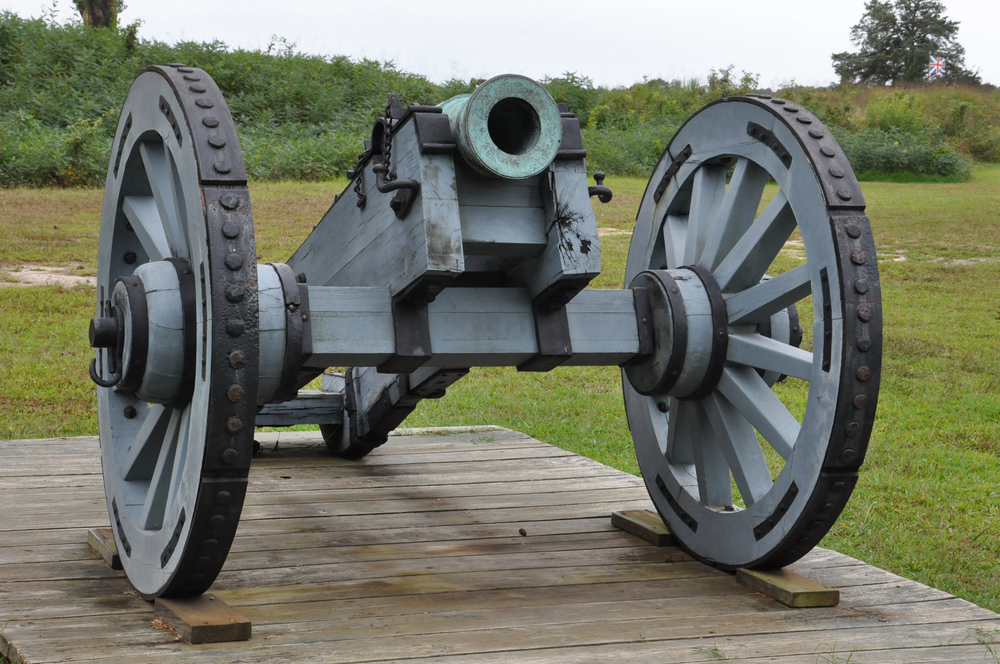
The site of America’s decisive Revolutionary War victory preserves the battlefield
where American independence was secured. Archaeological work continues to
uncover new details about the siege tactics that led to the British surrender.
The Visitor Center houses an impressive collection of Revolutionary War artifacts,
including rare military equipment. Driving tours allow visitors to follow the entire siege
line and understand the complex army operations.
Historic Moore House, where surrender terms were negotiated, is a testament to this pivotal moment in American history.
Like Travel Pug’s content? Follow us on MSN.
Richmond State Capitol, Richmond
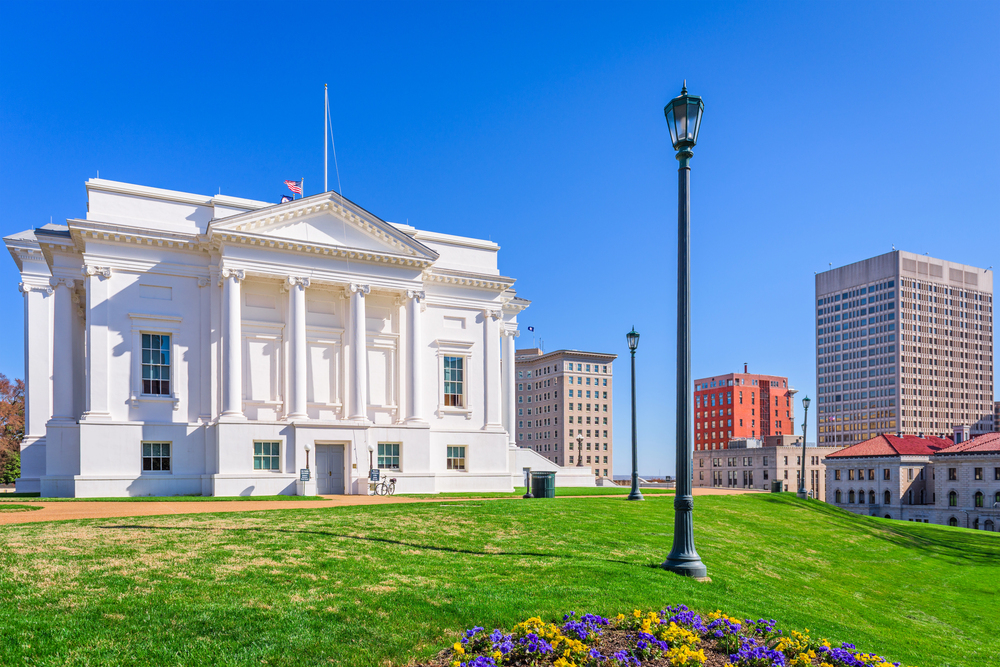
Thomas Jefferson designed this neoclassical masterpiece to embody the ideals of
the American Republic. The building was the Confederate Capitol and a symbol of
reconciliation after the Civil War.
The recently restored rotunda houses Houdon’s famous life-size statue of George Washington. The Capitol grounds feature numerous monuments representing different eras of Virginia history.
Guided tours reveal the building’s architectural significance and role in American democracy.
Fredericksburg Battlefield, Fredericksburg

This urban battlefield preserves the site of one of the Civil War’s bloodiest
encounters. Sunken Road and Marye’s Heights are silent witnesses to the terrible
human cost of the conflict.
The stone wall along Sunken Road remains largely unchanged since the 1862 battle. The National Cemetery and Confederate Cemetery provide poignant reminders of the war’s impact on both sides.
Walking trails allow visitors to follow the paths of both armies during the battle.
John Marshall House, Richmond
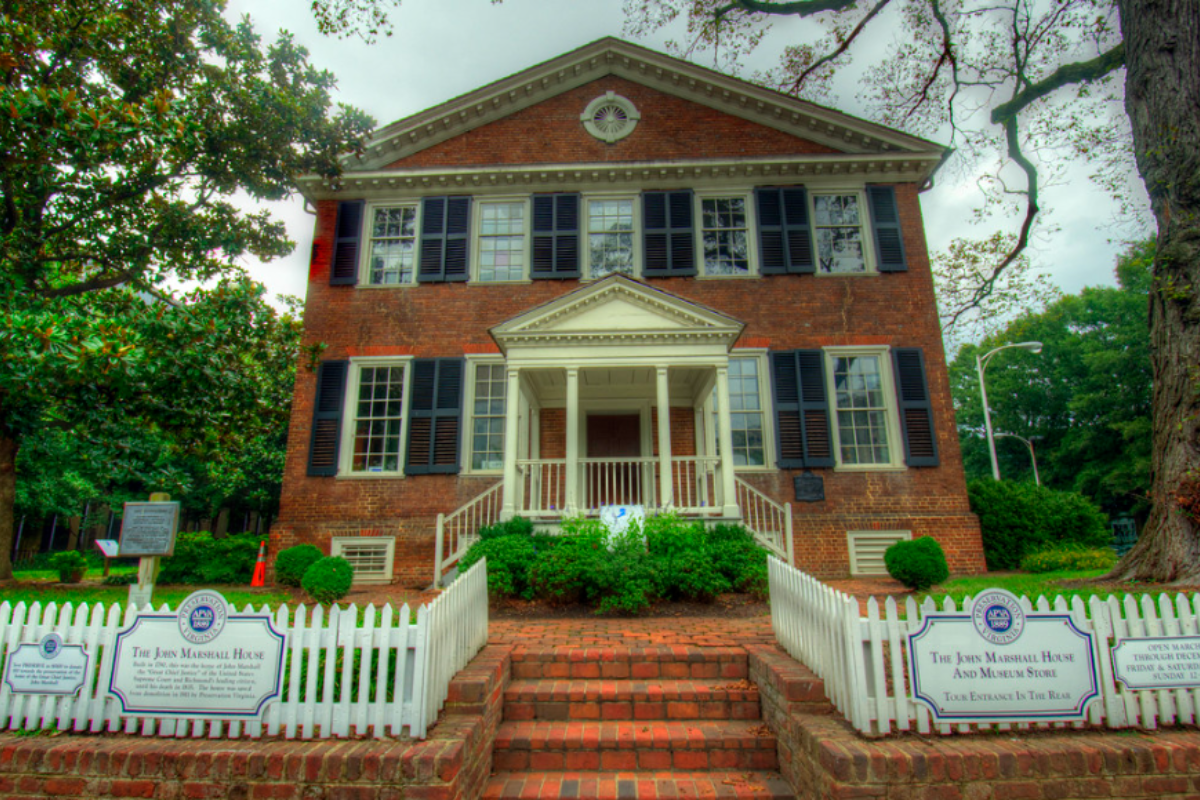
The home of America’s most influential Chief Justice offers insights into early
American jurisprudence. The Federal-style mansion contains an impressive
collection of Marshall family furnishings and personal items.
Its location in the historic Court End reflects Richmond’s emergence as a legal and political center. Marshall’s judicial decisions, many of which were written in this house, helped establish the Supreme Court’s constitutional authority.
The garden features plants known to have been cultivated by the Marshall family.
Like Travel Pug’s content? Follow us on MSN.
Booker T. Washington National Monument, Franklin County
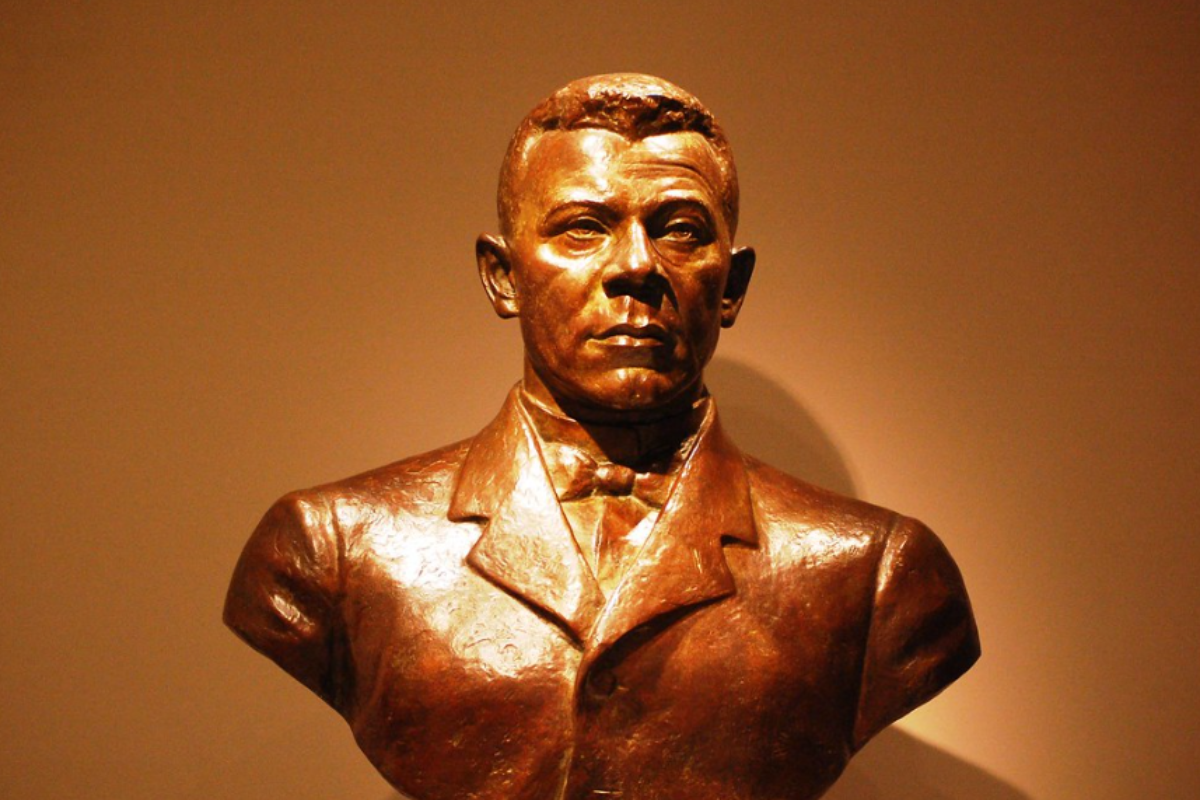
This site preserves the tobacco farm where Washington spent his early years
enslaved. The reconstructed kitchen cabin and farm buildings demonstrate the harsh
realities of slavery in antebellum Virginia.
Living history programs highlight Washington’s journey from slavery to becoming a renowned educator and leader. The site’s walking trails traverse the landscapes that shaped Washington’s early life.
The visitor center features exhibits on Washington’s educational philosophy and his
founding of the Tuskegee Institute.
Edgar Allan Poe Museum, Richmond
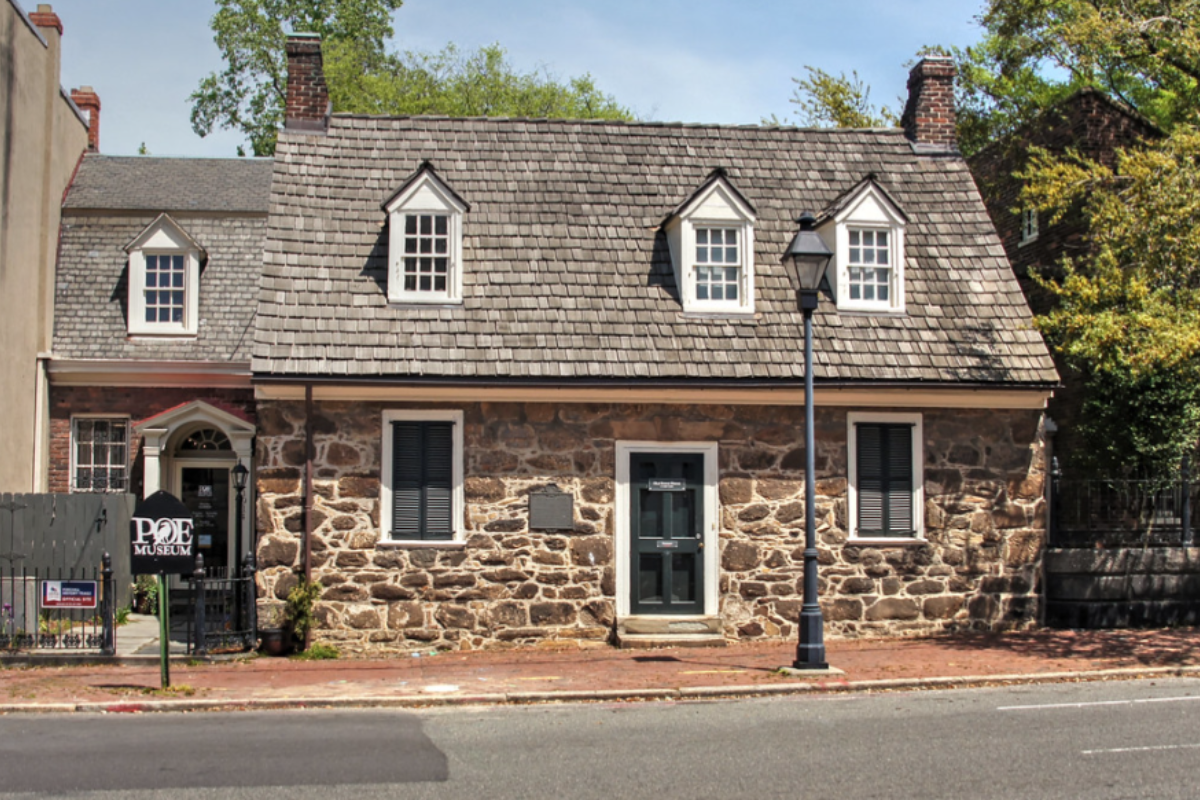
This museum, housed in Richmond’s oldest building, chronicles Poe’s complex
relationship with the city. The enchanted garden recreates the atmosphere of Poe’s
most famous poems and stories.
The museum houses the world’s finest collection of Poe manuscripts, letters, and personal belongings. Interactive exhibits explore Poe’s influence on literature, art, and popular culture.
The museum’s special collections include rare first editions and artwork inspired by Poe’s works.
Fort Monroe, Hampton
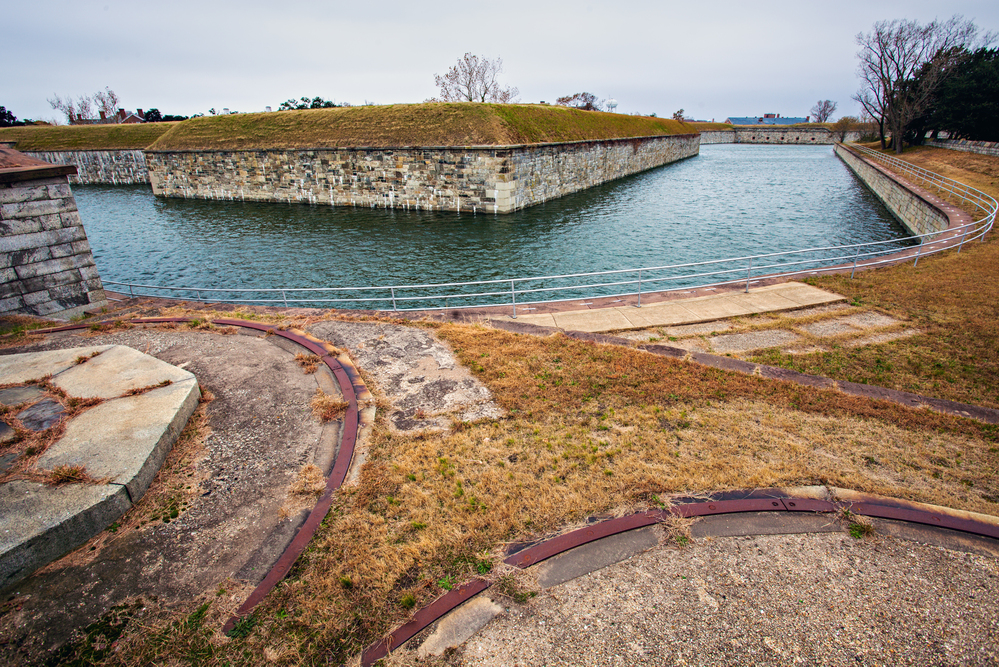
This colossal stone fortress, popularly known as Freedom’s Fortress, played a vital
role in emancipation during the Civil War. Its architecture epitomizes the best of
19th-century coastal defense engineering.
The Casemate Museum contains artifacts from its active military service from 1819 to 2011. In 1619, the fort was the first site to receive the first enslaved Africans in English North America. From this fort, you can see a great view of Hampton Roads and the Chesapeake Bay.
Like Travel Pug’s content? Follow us on MSN.
Stratford Hall, Westmoreland County
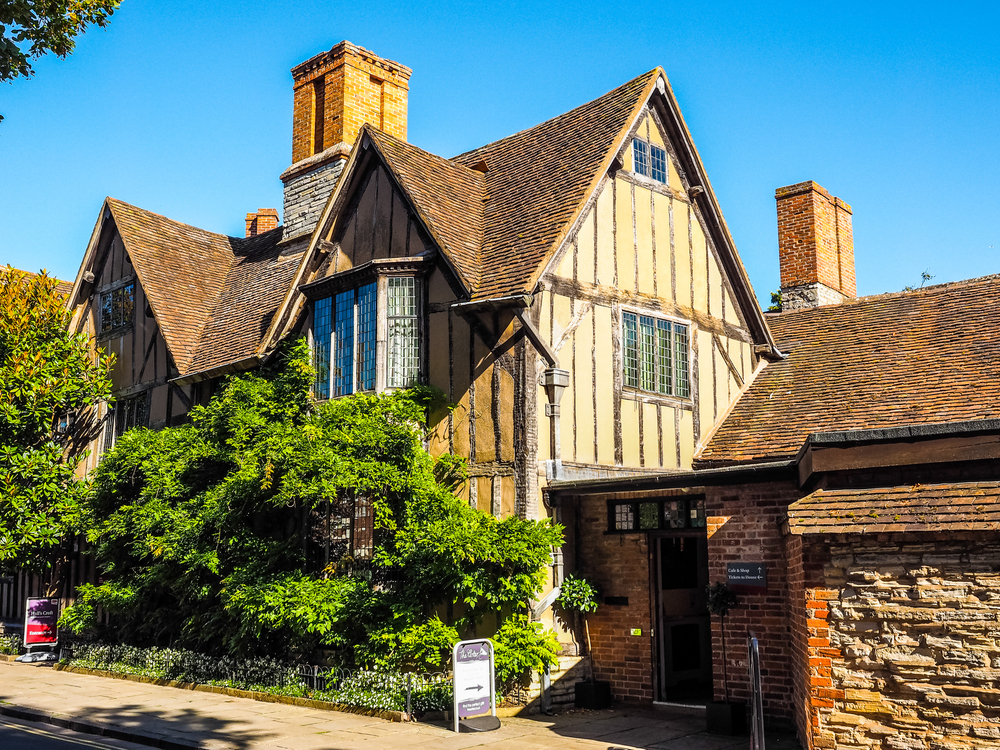
This magnificent Georgian mansion was the birthplace of Robert E. Lee and two
signers of the Declaration of Independence. The Great House showcases some of
America’s finest colonial architecture and craftsmanship.
The estate’s working gristmill and reconstructed outbuildings demonstrate 18th-century plantation life. The cliff walk offers dramatic views of the Potomac River and insights into the area’s geological history.
The gardens feature historically accurate plants and demonstrate period cultivation techniques.
Embracing Virginia’s Rich Historical Legacy
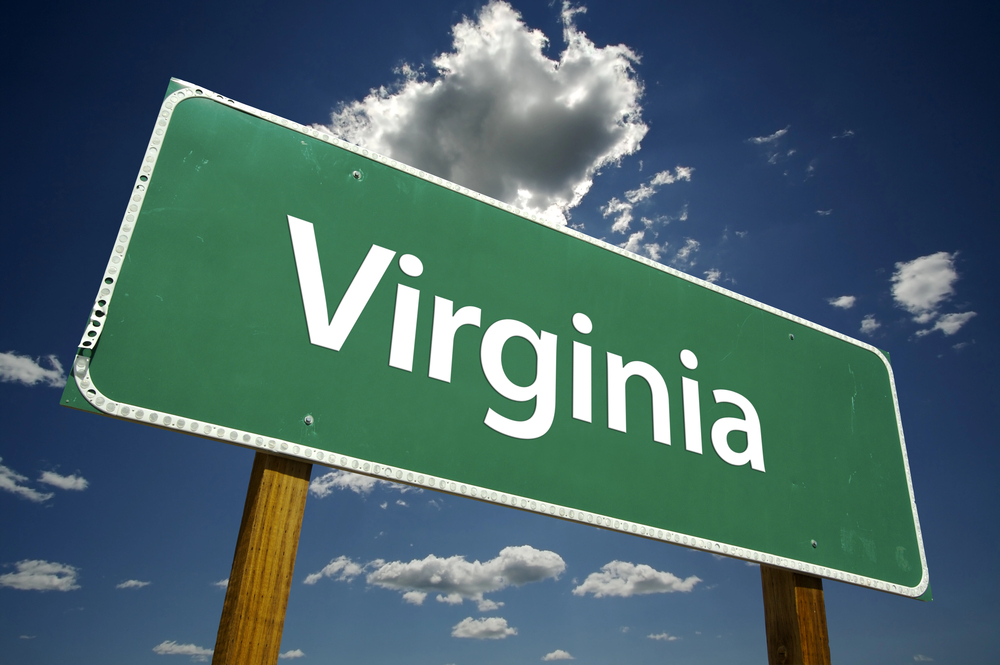
These 15 sites only represent a fraction of Virginia’s extraordinary historical heritage,
and each provides a unique window into America’s journey from colonial beginnings
to modern times. Each location connects to the people and events that shaped the
nation.
Whether you’re a history enthusiast, a student, or just visiting, these sites offer profound opportunities for learning and reflection. These places provide coming generations with the opportunity to experience America’s complicated and fascinating history in their own way.
We hope you visit these extraordinary places, making connections of your own to America’s past.
More from Travel Pug

- 15 Dangerous European Cities to Avoid
- 15 Caribbean Islands Where Tourists Keep Getting Scammed
- The 20 Most Fascinating Abandoned Places: A Journey Through Time and Forgotten Spaces
- 15 Hidden Places in the Smithsonian Museums Locals Love: A Guide to Lesser-Known Treasures
- 16 Hidden Florida Beach Towns That Aren’t Overrun with Tourists
Like Travel Pug’s content? Follow us on MSN.
